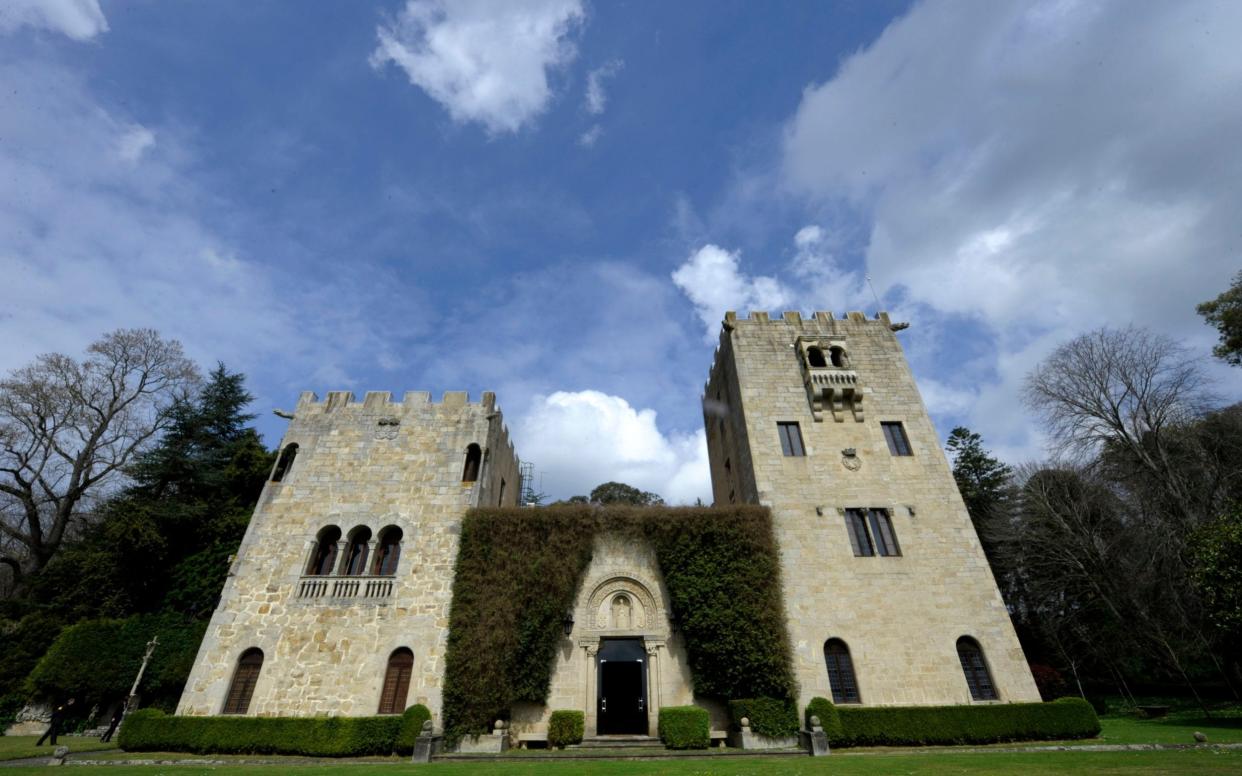Franco's heirs clash with Spanish state over summer home

The Spanish state on Monday clashed in court with the heirs of Francisco Franco over who should control a mock-castle used by the fascist dictator as a summer home.
Officials in the A Coruña areadonated the property as a retreat for Franco in 1938, when he was the leader of the Nationalists in the Civil War.
Spain's Left-wing coalition government demanded its return last year, contending that the formal transfer of the site in 1941 was illegitimate. Franco’s family still enjoy use of the property
On the first day of hearings expected to last for a week, the court in A Coruna province heard how the castle, which was built between 1893 and 1907, was enlarged after taking in local small-holders’ land.
“My grandmother was kicked out of her home,” said 70-year-old Juan Pérez Babío. “She was pressured and had to leave her house, and that marked her for the rest of her life.”
During his two-year tenure, Socialist Prime Minister Pedro Sanchez has challenged lingering reverence for Franco, who ruled from 1939 to 1975, most notably by exhuming his body from a mausoleum for fallen war heroes.
The Pazo de Meiras has long stoked controversy, with local campaigners arguing that the 16-acre property on the Galician coastline should have reverted to public ownership after Franco’s death.
According to the Franco regime’s official account, the donation of the home was a mark of loyalty by the people of A Coruña to the general, who was born in nearby Ferrol.
But historians claim that the leaders of A Coruña’s council and business community essentially obliged locals to hand over a portion of their income to purchase the property.
“There was nothing voluntary about the donations,” said Carlos Babío, co-author of a historical study of the building. “Money was taken from workers’ wages, and we are talking about practically the entire population of A Coruña in 1938.”
Key to the legal case is the question of whether any transfer of ownership actually took place.
Spain's heritage council contends that the bill of sale for Franco taking ownership of the property in 1941 was a “fraud”. No money changed hands and upkeep was still paid for by the state.
In 2018 Franco's heirs tried to sell the property for 8 million euros after local officials placed a protection order on it, deeming the site a place of special cultural interest.
The family has also clashed with the state over how to manage public visits, drawing criticism for allowing the Franco Foundation to run tours extolling the virtues of the dictator.
An estimated 15,000 people were killed by Franco’s regime and some 450,000 forced to flee, historians estimate. Citizens were divided over the government’s removal last year of the dictator’s body from the Valley of the Fallen, a memorial he constructed to commemorate those who died in the civil war that ushered in his far-right dictatorship.
Francisco Franco, the dictator’s grandson, argued that the state’s attempt to reclaim the Pazo de Meiras was “part of a strategy of retaliation” over objections to exhuming his body from the mausoleum.

 Yahoo News
Yahoo News 
